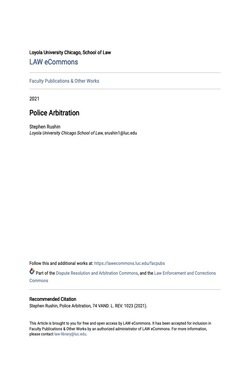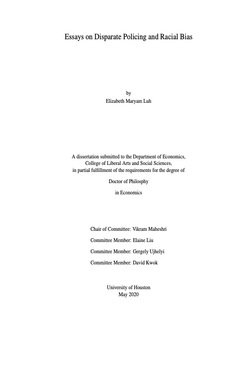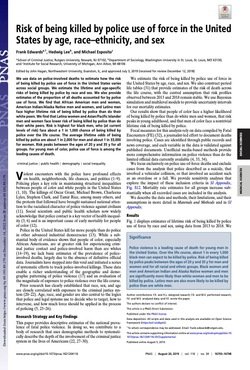By Desmond Ang, Panka Bencsik, Jesse Bruhn§ and Ellora Derenoncourt
How do high-profile acts of police brutality affect public trust and cooperation with law enforcement? To investigate this question, we develop a new measure of civilian crime reporting that isolates changes in community engagement with police from underlying changes in crime: the ratio of police-related 911 calls to gunshots detected by ShotSpotter technology. Examining detailed data from eight major American cities, we show a sharp drop in both the call-to-shot ratio and 911 call volume immediately after the police murder of George Floyd in May 2020. Notably, reporting rates decreased significantly in both non-white and white neighborhoods across the country. These effects persist for several months, and we find little evidence that they were reversed by the conviction of Floyd’s murderer. Together, the results illustrate how acts of police violence may destroy a key input into effective law enforcement and public safety: civilian engagement and reporting.
Cambridge, MA: Harvard University, Kennedy School of Government,2021. 27p.





















